Teaching Young Minds the Art of Scientific Investigation

Students love to experiment. They’ve been doing it since they were little kids, making toys sink or float in the bathtub or mixing chocolate into milk to create a delicious drink. They know how to mix red and yellow paint to get orange and test the bounce of different kinds of balls. It’s fun and exciting for them to experiment. Curiosity comes naturally to them. For reliable results and/or to draw overarching conclusions, students need to know how to design and think through scientific investigations.
What is Scientific Investigation?
There’s a process to scientific investigations that blends consistency with curiosity. At the beginning of every school year, science teachers discuss the practice of science as an introduction to experimental design for students to investigate everything from plants to chemical reactions. While there is more than one way to design an experiment, scientific investigation requires students to apply ideas in the practice of science.
Think about how scientists and engineers work, which requires multiple attempts and even a little messiness. It involves clarifying data and demonstrating knowledge. As students grow older, scientific investigations become more defined, but there isn’t an ordered list to follow for guaranteed results.
The Key Steps in Designing an Experiment
Students will follow the same basic flow of experimental design steps from kindergarten through high school and beyond. It’s important to remember that while there is a logical order, students have flexibility in the progression of any steps. In fact, they may decide that certain actions need to be practiced several times. The Next Generation Science Standards (NGSS) progression of Science and Engineering Practice of Planning and Carrying Out Investigations emphasizes the application and practice of science.
Students should plan and carry out several different kinds of investigations throughout the school year. NGSS names eight science practices that do not follow a rigid order of steps. Remind your students that scientists adjust as the data suggests. Teach them to follow the science!

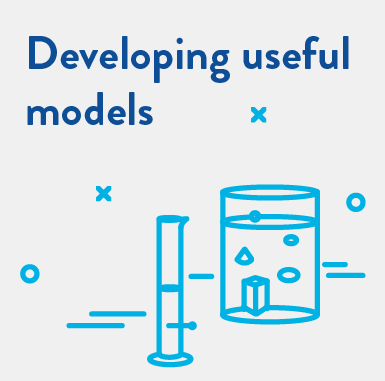
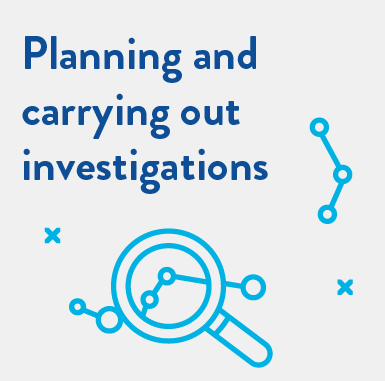


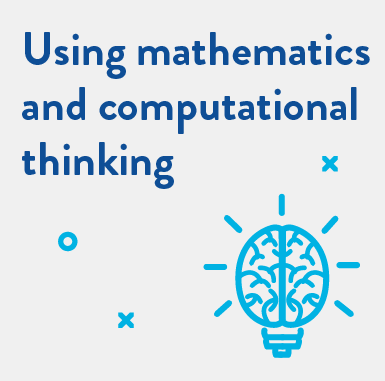
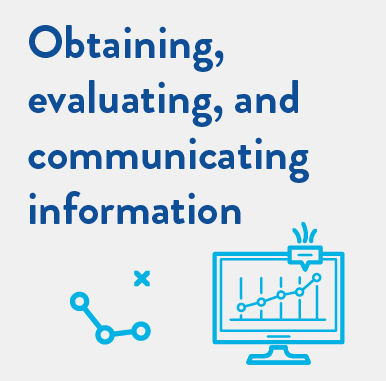
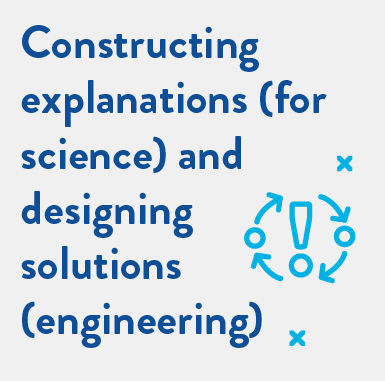
Innovative & Easy Approaches to Teaching Scientific Investigation
What are some ways to involve students? Encourage them to ask questions and seek answers. Require active participation. Science should be interesting and engaging. Tap into the spirit of inquiry with activities and experiments that teach the steps of the scientific method. Games, activities, and simulations– do all of them!
Take a look at these scientific investigation ideas:
- Try this messy but classic experiment and make Oobleck.
- What is elephant toothpaste? Experiment to find out.
- Create lava lamps and discover the way bubbles move in water.
- Gather data to find the quickest route to the cafeteria from the classroom. Discuss the variables that affect this.
- What about creating a storm in a glass?
- Everybody loves ice cream. Use the scientific investigation to find out the favorite flavor of your class.
- Discover which kind of balls bounce the highest and why.
Simulations, like ExploreLearning Gizmos, are excellent ways to bring experimental design to life without all of the extra supplies or mess. Every student can perform science experiments with technology because there are Gizmos for every grade level!
- For elementary grades 3-5, check out the Germination Gizmo.
- Middle school students in grades 6-8 need to explore the Growing Plants Gizmo.
- For high school classes, how about the Photosynthesis Lab Gizmo?

Get creative! Give your students plenty of opportunities to craft effective scientific investigations and unlock reliable insights!
Guide your students through scientific investigation with more ideas from fellow teachers. Join our Virtual Learning Community today and learn more about Planning and Carrying Out Investigations.
